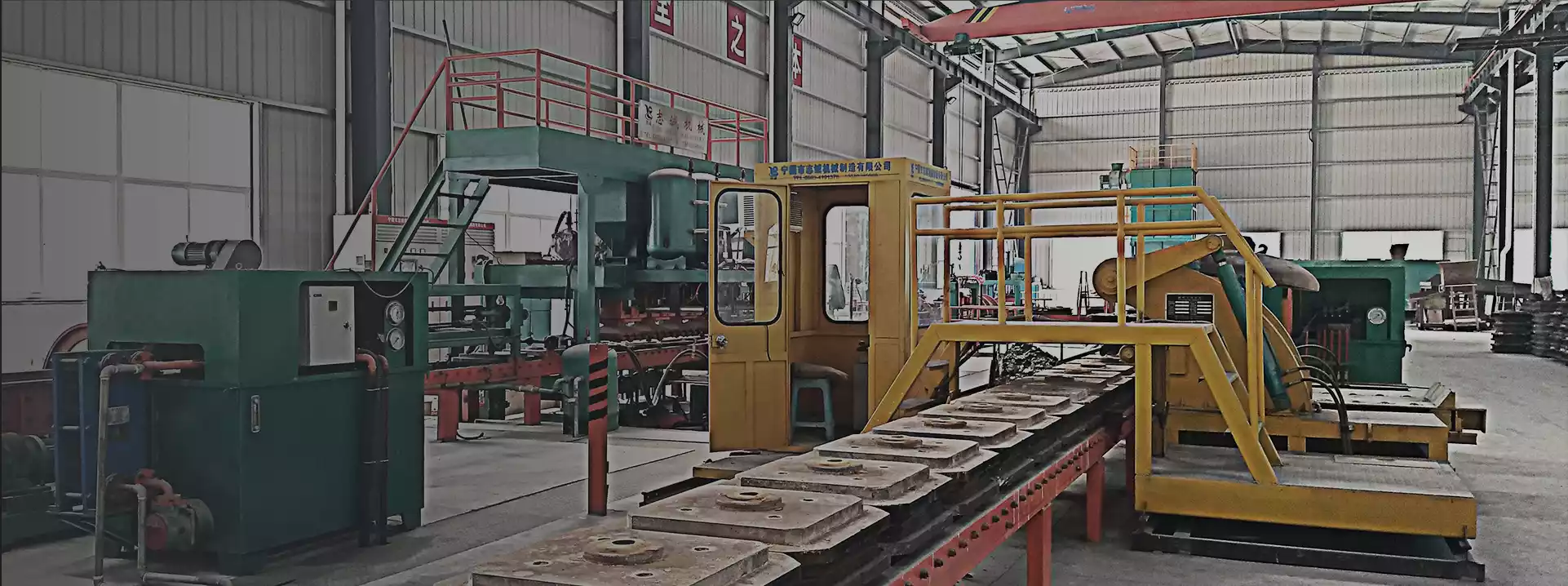En el acelerado mundo de la fabricación actual, la automatización está revolucionando la forma en que producimos componentes esenciales como las bolas para molienda. Estas bolas desempeñan un papel crucial en industrias como la minería, el cemento y la generación de energía. Al adoptar líneas de producción automatizadas, los fabricantes pueden obtener importantes ventajas económicas. ¡Exploremos estos beneficios de una manera sencilla y accesible!
Comprender las diferencias de costos: producción manual y automatizada
Tradicionalmente, producir bolas de medios de molienda A menudo, implica mucho trabajo manual, lo que puede resultar caro. Piense en todos los costos asociados con la contratación y capacitación de los trabajadores, además del riesgo de error humano. Por otro lado, las líneas de producción automatizadas pueden ayudar a reducir drásticamente estos costos.
- Costos laborales reducidos:Si bien la inversión inicial en maquinaria automatizada puede parecer elevada, los ahorros a largo plazo pueden ser enormes. Se necesitan menos trabajadores, lo que significa salarios más bajos y menos tiempo dedicado a la capacitación.
- Menos desperdicio de material:Los sistemas automatizados permiten un control preciso de la producción, lo que reduce los desperdicios. Cuando los productos se fabrican de manera más consistente, los fabricantes gastan menos en materiales y evitan los costos asociados con los defectos.
Impulsando la productividad y la eficiencia
Uno de los aspectos más interesantes de la automatización es la eficiencia que aporta a los procesos de producción. Líneas de producción automatizadas de bolas para medios de molienda Puede mejorar significativamente la productividad, y aquí le explicamos cómo:
- Mayor producción:Estos sistemas pueden producir un mayor volumen de pelotas en menos tiempo, lo que significa que los fabricantes pueden satisfacer una mayor demanda sin necesidad de contratar trabajadores adicionales ni pagar horas extras.
- Calidad consistente:La automatización garantiza que cada balón producido cumpla con los mismos altos estándares. Esta uniformidad no solo genera clientes satisfechos, sino que también reduce los costos asociados a devoluciones y reclamos.
Beneficios a largo plazo y retorno de la inversión (ROI)
Invertir en líneas de producción automatizadas no sólo implica ahorros inmediatos; también ofrece beneficios económicos a largo plazo que pueden mejorar la salud financiera general de un fabricante.
- Costos operativos más bajos:Al depender menos de la mano de obra y reducir el desperdicio de materiales, los costos operativos disminuyen, lo que permite a las empresas redirigir fondos a otras áreas de crecimiento.
- Ventaja competitiva:Al automatizar la producción, las empresas pueden responder más rápidamente a las demandas del mercado, lo que les da una ventaja sobre los competidores que aún dependen de métodos manuales. Esta agilidad puede generar un aumento de la participación en el mercado y de los ingresos.
- Fuerte retorno de la inversión:Si bien los costos iniciales de los sistemas automatizados pueden ser elevados, muchos fabricantes descubren que recuperan sus inversiones en tan solo unos años gracias a menores costos y una mayor producción.
Casos de éxito del mundo real
Varios fabricantes han adoptado con éxito la producción automatizada de bolas para molienda, lo que demuestra los beneficios tangibles de esta transición:
- Un líder europeo en la producción de medios de molienda automatizó su línea y vio una reducción de 40% en los costos de mano de obra y un aumento de 60% en la producción. En dos años, habían recuperado completamente su inversión y reportaron un aumento en la rentabilidad.
- Un fabricante norteamericano implementó la automatización y redujo el desperdicio de material en 30%. Esto no solo mejoró sus márgenes de ganancia, sino que también lo posicionó como una opción más sustentable para los clientes preocupados por el medio ambiente.
- Un fabricante asiático adoptó un proceso de producción totalmente automatizado, lo que le permitió reducir el tiempo de producción en 50%. Esta mejora en la eficiencia le permitió aceptar más contratos y ampliar su presencia en el mercado sin aumentar significativamente los costos operativos.
Conclusión
Los beneficios económicos de Líneas de producción automatizadas de bolas para molienda Son claras y convincentes. Desde ahorros de costos y una mayor productividad hasta un sólido retorno de la inversión, la automatización ofrece a los fabricantes un camino hacia un mayor éxito. En un mercado competitivo donde la eficiencia y la calidad son vitales, adoptar la automatización no es solo una opción inteligente, sino una medida estratégica que puede allanar el camino para el crecimiento futuro. Por lo tanto, al mirar hacia el futuro, quienes inviertan en automatización probablemente se encontrarán liderando la industria manufacturera.

